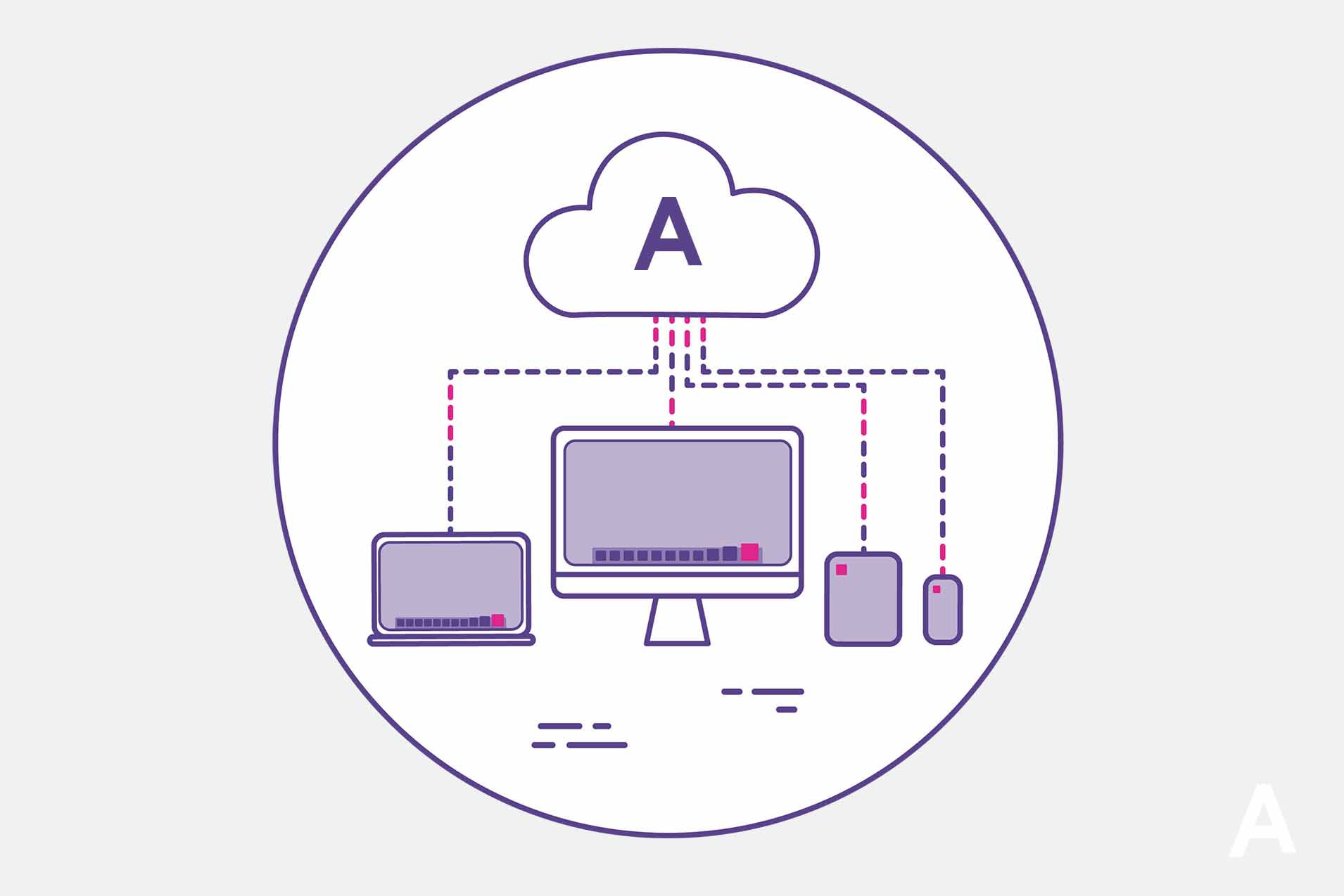Today’s business environment demands organizations to roll out products, updates, and upgrades faster to stay ahead of the competition. Development teams are expected to accelerate agility and deliver solutions fast to meet the rapidly evolving market demands. Development methodologies like DevOps have been emerging to enable development teams to increase development throughput while improving product quality. DevOps enables organizations to take a more holistic approach towards application development by integrating business, development, QA, and operations into an efficient cycle that delivers greater agility and continuous value.
Bringing in security in the CI/CD pipeline has been one of the biggest advancements in DevOps since 2020. When security comes in after deployment it can defeat the entire objective of DevOps – that of building robust products, faster. Shifting security left has been finding vulnerabilities and audit deficiencies early on ensures that security does not become a burden.
Zero-touch deployments have risen into prominence to add agility, flexibility, and security into the DevOps pipeline.
Here are the most compelling reasons why zero-touch deployment is becoming the next big thing in DevOps.
Zero-touch deployments are essential in a container-driven DevOps world
DevOps has also been rising in prominence as it makes applications more secure as security patches, updates and upgrades can be implemented faster and more efficiently.
Every server, container, and Virtual Machine is its own entity, and every machine entity needs an identity. This is to ensure that all other components of the application’s system can verify their authenticity and keep the toolchain and infrastructure secure from attacks.
DevOps also enables operation-level virtualization as well as application-level virtualization. All this virtualization works in favor of DevOps since code does not need to be run in the kernel and computer resources can be dynamically allocated, including machine initialization, configuration, and suspension. This flexibility makes development, patching, and testing faster and inherently more responsive.
However, in all of this, DevOps teams need to configure and deploy X.509 certificates, a key machine identity, frequently. Every virtual machine or container in use could have different lifespans covering a few days to a few hours. All of the components demand airtight certificates to ensure that the entire system can be assured of integrity and authenticity.
Zero-touch deployments in DevOps emerge as a lifesaver to mitigate this conundrum. Zero-touch deployments allow DevOps teams to distribute X.509 certificates and provisioning information over secure connections within a connected grid network.
From low touch to zero-touch – accelerating speed is critical
Automation has been an integral part of DevOps and most of the DevOps pipelines are made up of automated processes. These processes are ‘low touch’ processes, which means that someone still has to approve or press a button before deployment. The objective is to move to a level where the deployments happen automatically.
Zero-touch deployments can be triggered by merging code into the master branch of a repository. It can also be launched when the sprint is closed in the Kanban board. This reduces human interaction during code deployment. Zero-touch also ensures that all passwords, encryption keys, cloud environments, user accounts, etc. can either be introduced or torn down without any human involvement.
That said, zero-touch deployments can have some challenges as well. Zero-touch deployments, for example, can happen at any time, including peak times. While this can be immensely beneficial, it can also introduce chaos. As such, zero-touch deployment also demands zero-downtime deployment.
Eliminating operational bottlenecks is essential
When DevOps is executed perfectly, every iteration produces an integrated, well-working functionality. However, if the deployments do not happen in time, then this pace does not lead to the expected outcomes. Operation teams can get overwhelmed by the flow of updates and upgrades or the increased rates of development events.
That apart, deployment flows have also become more complicated owing to the increasing number of multiple tiers and service-oriented architectures. The physical and virtual environments need more support and maintenance. This is especially because the number of deployed servers has increased exponentially owing to the proliferation and use of cloud and virtualization technologies to drive DevOps.
Zero-touch deployments take care of these challenges to help deploy new releases to production faster. This can be automatically triggered by the successful promotion of a new build post-acceptance testing. However, zero-touch deployments demand a clear and proper separation deployment process and the configuration information to successfully manage application deployments to a multitude of servers, each of which has its own configuration information.
In Conclusion
Zero-touch deployments manage to address most of the deployment challenges in the DevOps environment. It also takes the load off operations when it comes to deployment heavy lifting. Deployment then becomes a collective responsibility of the entire software production team. However, those looking for Zero-touch deployments need to ensure that the deployment system is accessible to all participating in the development cycle.
As the focus on security continues, zero-touch looks like the next natural next step of DevOps. While enabling automation at this scale can seem daunting, with the right experience and domain knowledge, it can be implemented easily and deliver massive returns.
About the author:
Anurag Sinha is Co-Founder & Managing Director at Wissen Technology (Wissen.com).















